Find out more about how this website uses cookies to enhance your browsing experience.
On the edge of the south Wales coalfield, the valley that runs from Blaenavon to Newport, following the Afon Llwyd, was one of the earliest parts of Wales to become industrial. There was early charcoal iron smelting and the production of Pontypool Japanware, before the area became one of the Chartist hotspots, campaigning for the vote and eventually marching on Newport in 1839.
A guide will help to bring the stories of the area to life – check out the Wales Official Tour Guides who are all trained and have a wealth of experience to draw on.
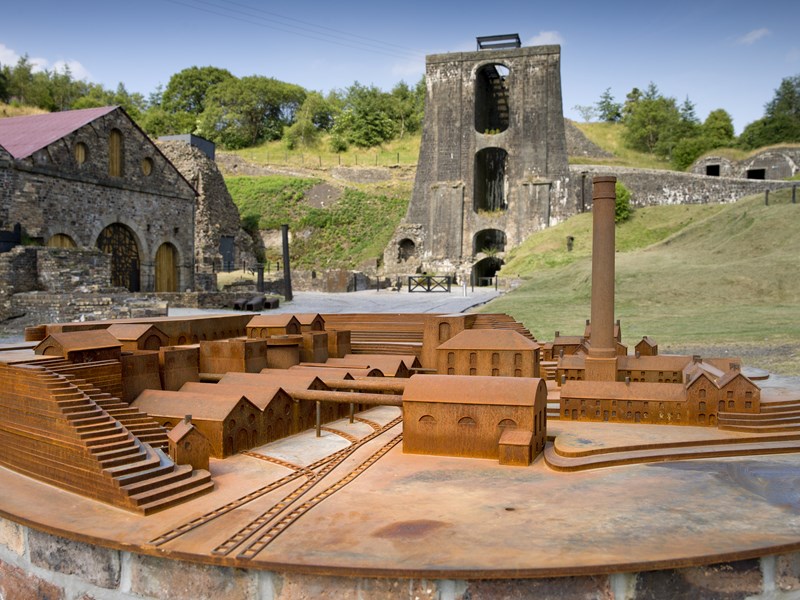
Blaenavon World Heritage Industrial Landscape
Blaenavon World Heritage Industrial Landscape was inscribed by UNESCO in 2000 in recognition of the way that the area illustrates the dynamic forces that drove the Industrial Revolution.
Covering an area of 33 square kilometres, there is more than enough to do on a short break - and a day spent exploring is a unique experience - with everything from trips underground or on a steam train, to walks through a community filled with history or a reclaimed landscape.
Must visit attractions:
- World Heritage Centre - set the scene and explore the history of the area.
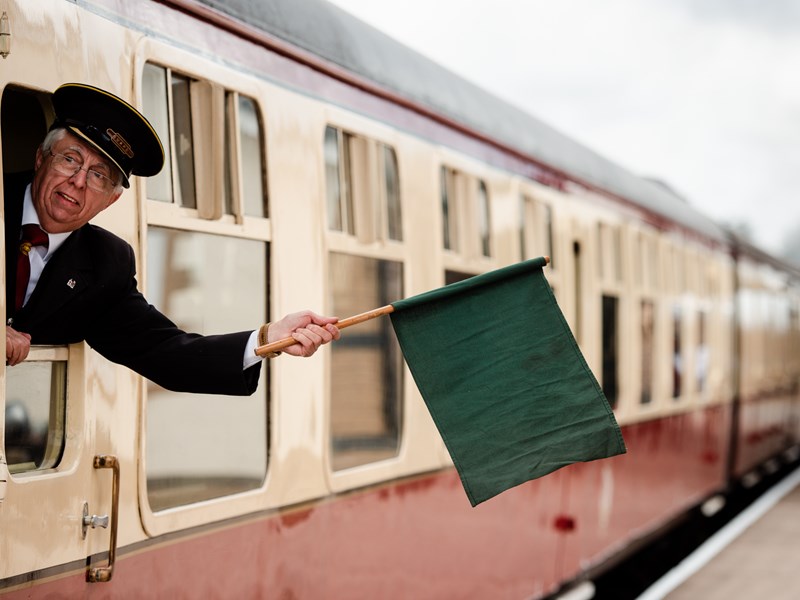
- Big Pit National Coal Museum - travel 100m underground and discover the life of the collier from around 1800 to when the mine shut in 1980.
- Blaenavon Ironworks - with light shows to bring the story of iron production to life.
- Blaenavon Heritage Railway - steam along the former coal line with this volunteer train service.
- Blaenavon Community Museum - discover the story of the town and its people, in the imposing Workmen's Hall.
- Take one of the walks around the landscape - which used to be filled with coal tips and old machinery and is now a green landscape with wonderful views, and a few hidden reminders of the former industrial story.
An unusual highlight in Blaenavon is Blaenavon Cheddar Co. Call into the shop in the centre of Blaenavon for a taste and to hear the story of this locally made cheese, or arrange a group tasting at The Lion Hotel, where the cheddar in matured in the cellars.
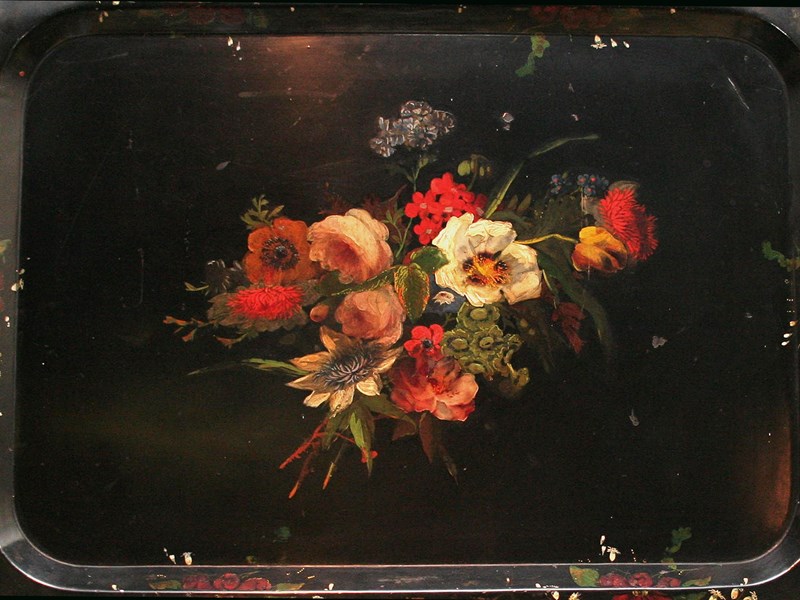
Pontypool
Pontypool was one of the earliest industrial towns with early blast furnaces dating back to 1536. A look around the town, with its impressive banks and indoor market that dates back to 1893-4, shows how this was the commercial hub for the valley.
The Hanbury Family were the main industrialists and the left the wonderful park with its Shell Grotto and Folly Tower for the community to enjoy. The area also gave its name to Pontypool Japanware - decorative varnished ironware, inspired by Japanese Lacquerware. The area is also famed for its rugby team, including the famous "Pontypool Front Row" who were key in the legendary Welsh teams of the 1970's.
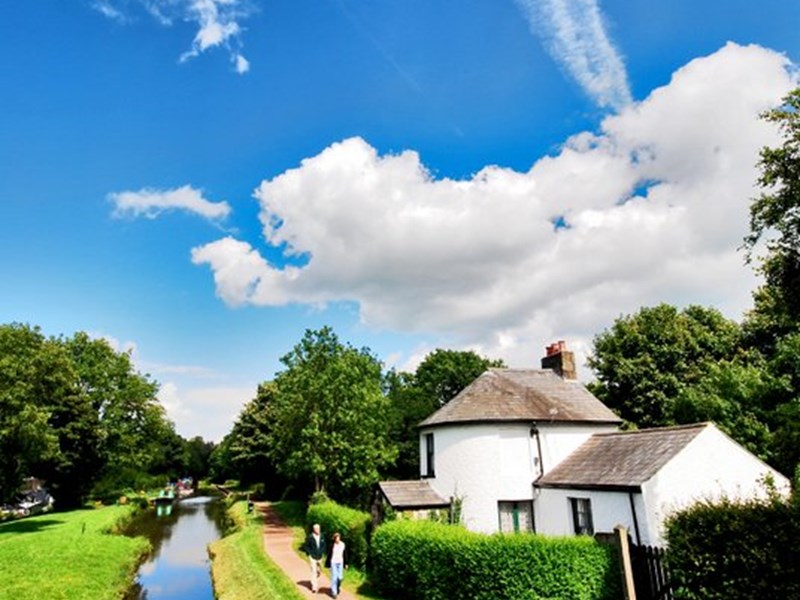
Places to visit:
- Pontypool Museum - discover the story or Blaenavon and see the best collection of Pontypool Japanware in Wales.
- Pontypool Park - great walks and views - with the Grotto being a must visit when it is opened on Bank Holidays.
- Pontymoile Basin in the Monmouthshire and Brecon Canal - a great starting point for a walk.
- Llandegfedd Lake - a reservoir built in the 1960's, a great base for walks and watersports - with cafe overlooking the lake.
There are plenty of pubs and restaurants for refreshment stops around the town and in the nearby countryside.
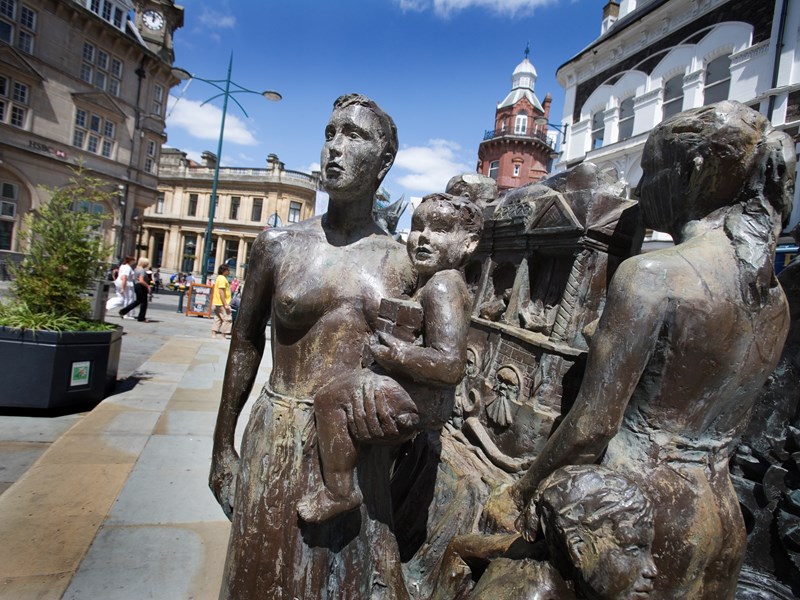
Newport
The River Usk has been at the heart of the development of Newport. The Romans established the Legionary Fortress of Isca, now known as Caerleon, in the first century AD, and the Normans built the first castle alongside the river in 1088. Trading took place alongside the banks of the river as is witnessed by the discovery of the Medieval Ship in the banks of the River in 2002.
As the industrial revolution changed the work, Newport became one of the busiest ports shipping iron and coal around the world. This was also a time of industrial unrest and Newport was at the heart of the Chartist Movement, who sought the vote for all men, when a march from across The Valleys headed for the Westgate Hotel, and resulted in over 20 men being killed, and the leaders being convicted of Treason and transported to Australia.
Newport has a rich and varied history to explore.
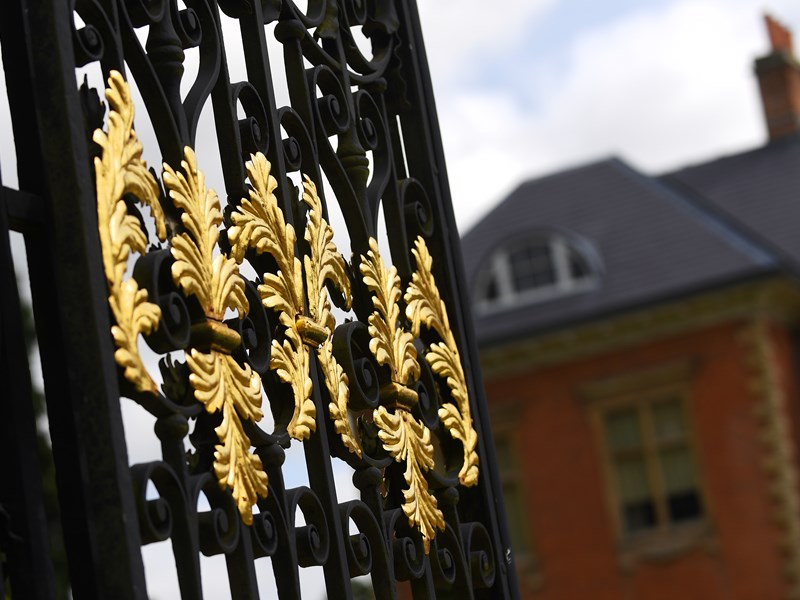
Places to visit:
- Tredegar House and Park - the home of the Morgan family, one of the landed families that drove the industrial revolution.
- Newport Transporter Bridge - one of only 6 such bridges that remain across the world - a new visitor centre is currently being developed and will open 2025.
- Caerleon - Roman Town of Isca - you can visit the Baths, Amphitheatre, Barracks and Legionary Museum.
- The Newport Ship - see the remains that were uncovered in the banks of the River Usk restored and bought back to life.
- Fourteen Locks - an engineering wonder of the Industrial Revolution, rising 160 feet in just half a mile.
- The Chartist Trail - explore the sites where the Chartist's gathered.
- Newport Wetlands - get close to nature.
There are a wealth of restaurants and cafes suitable for refreshment stops - and recently Newport Market has been refurbished and a fantastic Food Hall has been set up where you can enjoy tastes from around the world.
There are plenty of lunch and refreshment stops either at the suggested places to visit or en route - contact Southern Wales Tourism for assistance in finding the right location for your group.